Studying Ridgway’s Osprey of Belize: Part I
CWF contributes to conservation of Belizean ospreys

When I first learned of the work being done by Dr. Paul Spitzer and Alan Poole to study the breeding population of Ridgway’s ospreys (Pandion haliaetus ridgwayi) in Belize, I was instantly captivated. I first met Paul at the Raptor Research Foundation Conference in Cape May last October where he explained the study and the need for partners to assist with this years survey. Some of the aspects that immediately drew my attention was the fact that the estimated size of the population there was around 50 pairs, that those pairs nest exclusively on the coastal cayes (mangrove islands), and that their estimated productivity rate was around .3-.4 young/active nest. The coast of Belize is approximately 170 miles long and protected by barrier reefs and these mangrove islands.
For comparison, their North American counterpart (Pandion haliaetus carolinensis) who nest in New Jersey, on Barnegat Bay alone we have over 100 nesting pairs (along 40 miles) who consistently have a productivity rate of around 1.75 young/active nest. Paul and Alan have suggested that since the Ridgway’s ospreys are non-migratory, than there is less need to be as productive as North American birds (where many unfortunately die while on migration), but that is just a theory. After learning more about their life history, I knew that I could help contribute to their conservation, especially through my photography, which was one of my tasks while participating in this study. If I can get great photos of Ridgway’s then they can be used to help raise awareness for them and ultimately help to conserve the species while assisting with the collection of data, since a telephoto lens can be used to help view and count young.
To help fund my participation, I reached out to one of our private donors who supports our Osprey Conservation Project and we started our first online fundraising campaign. The campaign was a success and I traveled to Belize on February 15th. I would stay in Belize for a total of 10 days while conducting several osprey surveys which would cover around 50% of the coast. I was also working with Jay Tischendorf, DVM, a veterinarian, raptor researcher and all around wildlife expert, and Horace Andrews, Belizean captain and guide. In a series of posts, I’ll describe my trip, the surveys, and share plenty of photos from the expedition.
Upon arriving to Belize, I flew into Belize City from Miami, where I met up with Paul. Our final destination was further to the south of Belize City, to get there we had to fly on a smaller airline to Dangriga and then a taxi to Sittee River. Already I started to get a better feel for the culture and environment of Belize, where the people are very friendly and welcoming and the tropical environment is lush with huge diversity in its flora and fauna. Sittee River is a small village along the coast of Belize. We stayed at the Sittee River House Lodge, which was located right on Sittee River. This was our “base camp” for the majority of our time in Belize. Upon arriving at Sittee River we met William, Lolette and their 3 year old daughter Sophia, who managed the River House Lodge. They really helped make sure that we felt like we were at home while there. I also got to see some of the native birds who inhabit the local tropical forest habitat along the river. We certainly wouldn’t have to travel far to go birding as the trees were very active places to watch a variety of passerines like: great kiskadees, trogons, golden-hooded tanagers, white-collared seedeaters, tropical mockingbirds, roadside and black hawks, toucans, and more. A true birders paradise!
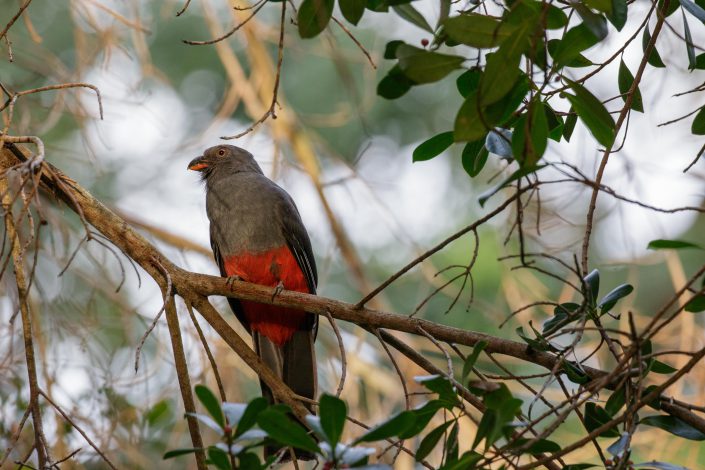
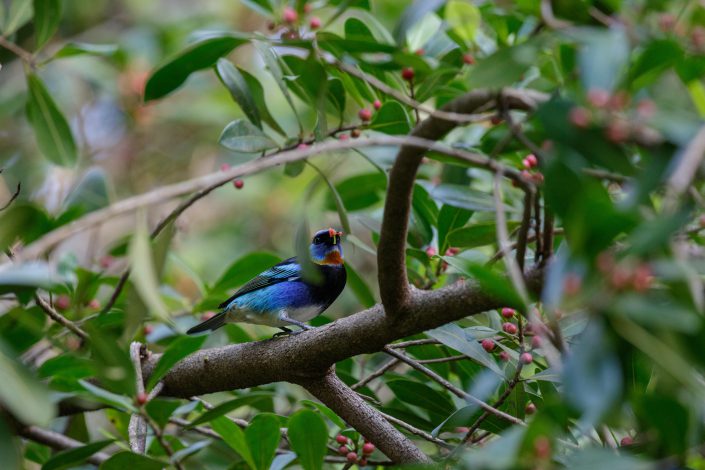

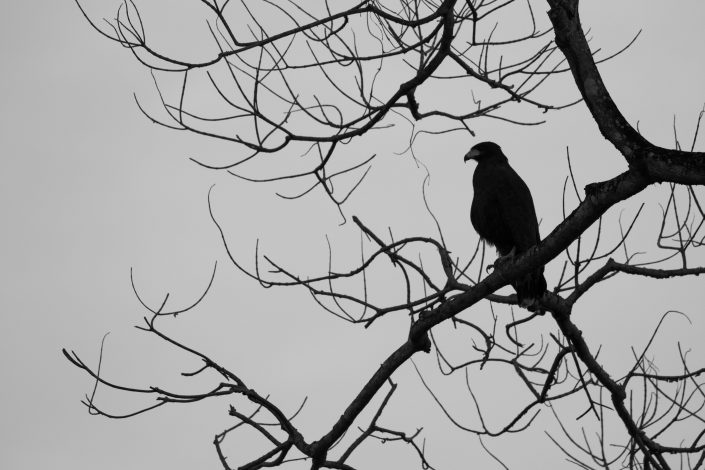


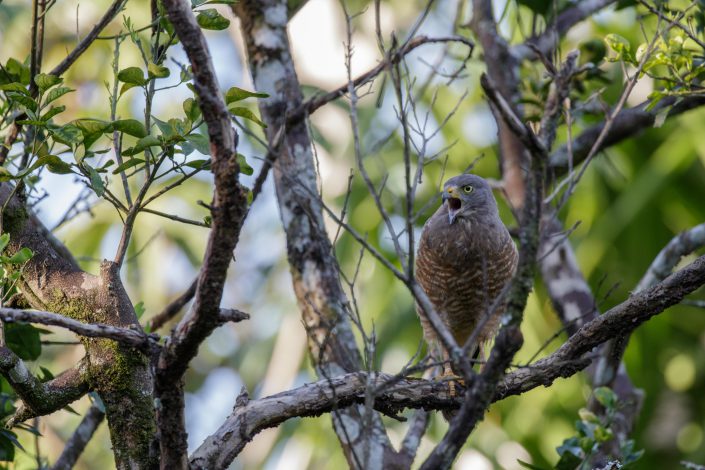
Our first day in Sittee River was one for “Latitude Adjustment” (as Paul put it), to meet with our local boat captain, and to plan for the first survey. On our rest day we explored the Sittee River on kayaks to a local abandoned camp called Possum Point. The old abandoned camp had ample opportunities for birding and general exploration of the tropical jungle. After that we went into Hopkins, the next closest town to purchase some local fruit and groceries to bring with us on our survey boat. Orange groves are all over this part of Belize, so suffice to say, we ate a lot of oranges! We depart on our first survey tomorrow morning.
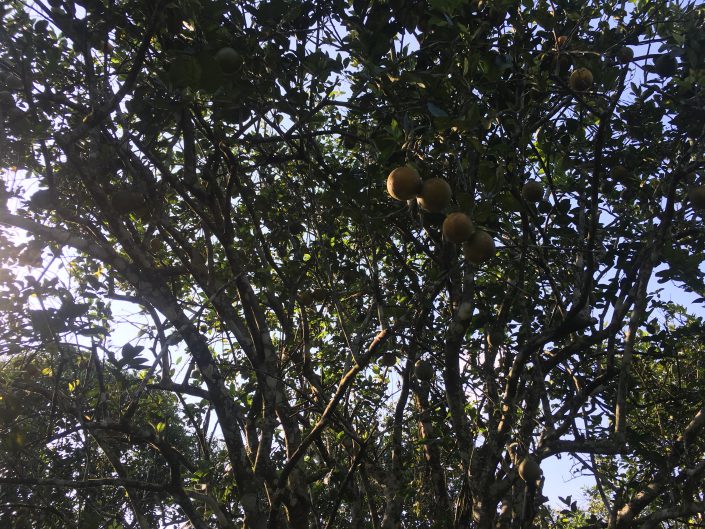

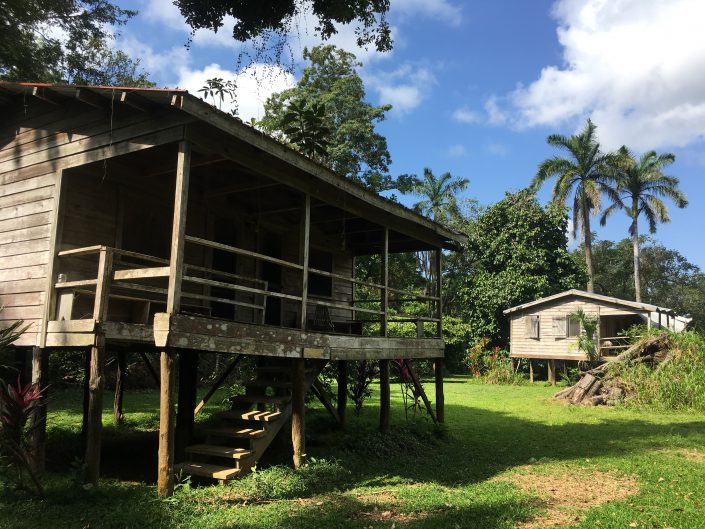
February 17: Our first osprey survey. Sittee River south to Placencia
We got an early start this morning. Our Belizean boat captain was Horace Andrews, a native of Sittee River. Horace was the captain for the previous surveys of Ridgway’s with Paul and Alan over the past two years, and he was very knowledgable about boating and the coastal environment of Belize. He was truly an asset to this important project since he is very familiar with navigating the shallow waters around the coastal Cayes and their coral reefs. We set out from Sittee River and headed due east. We arrived at the first nests on the Blue Ground Range Cayes. The cayes consisted of mostly red, black and white mangroves. The reds are found along most of the edges of the islands while black and white are found more on the interior. Ospreys nest in open areas near water, so the coast of Belize is littered with many suitable nest sites for ospreys. The first active nest (1BG) had no young and likely failed since the nest had fallen apart. There we took notes on the marine debris in the nest, which was plastic bags and underwear… We also found one old and sun bleached egg (not likely from 2017 season nest attempt). The next active nest we visited on that range of islands was 2BG. The female was seen on the nest while actively shading one nestling. The next nest, on a shack on Bread and Butter Caye, was abandoned with no adults present. The next nest was on Douglas Caye. The pair was present with one adult on the nest. Since we could not see into the nest, Horace climbed and did not find any young. After that we continued southward to Saddle Caye. A pair was present here but we did not find a nest. After Saddle we stopped at Hideaway Caye for lunch, which is home to a unique, environmentally friendly, private resort.
We continued our survey south to Placencia and stopped at several more nests. One directly to the south of Hideaway allowed for us to get relatively close to the nest while not causing too much disturbance to the pair and young. Throughout our surveys I have come to learn that Ridgway’s are much more calm than NJ’s ospreys… Most allowed us to get very close to them without us causing any kind of disturbance at all. In my personal observations here in New Jersey, birds that are disturbed more frequently are often much more aggressive towards people. Here is Belize ospreys do not live in very close proximity to people as our ospreys do here in New Jersey. After Hideaway we visited Pelican Caye, where a nest used be located. Here we saw the threat to ospreys first hand, as the nest tree and interior island had been filled with sand and coral which had been dredged onto the island to fill it in for development. As we visited more and more islands, we saw how the development of these islands was a direct threat to Ridgway’s ospreys. With very little to no protection for nesting ospreys, it seemed that nests could be destroyed without any consequences.
After Pelican Caye we found a new nest site on Crawl Caye. There we observed a female who was actively shading young. Another known nest on S. Crawl was gone. After that we were loosing light and headed towards the coastal town of Placencia, where we planned to spend the night and then survey more nests to the east of there. All in all, we were pleased with the results that we found on our first survey. We surveyed nine active nests which produced seven young. Time to rest up for another full day of surveys!
Enjoy some photos from the first couple days of the expedition, and stay tuned for additional posts for the additional surveys we completed.
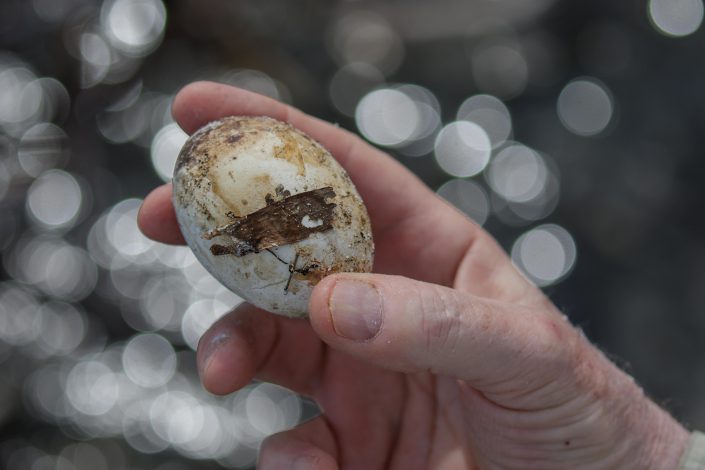




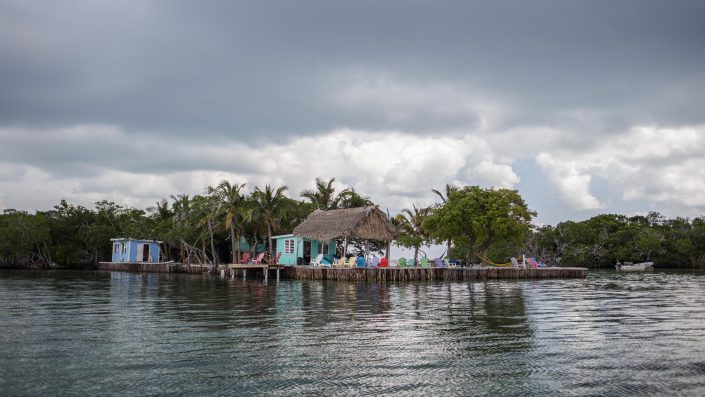






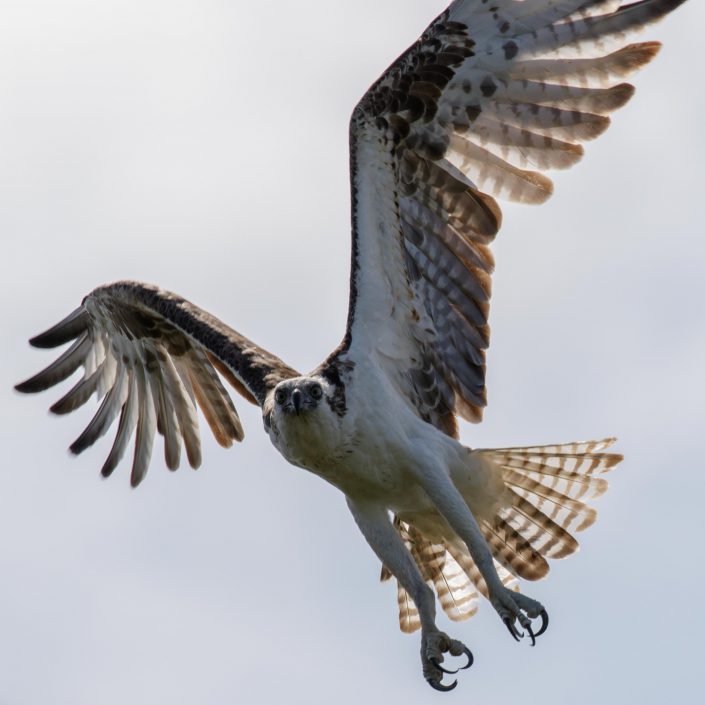






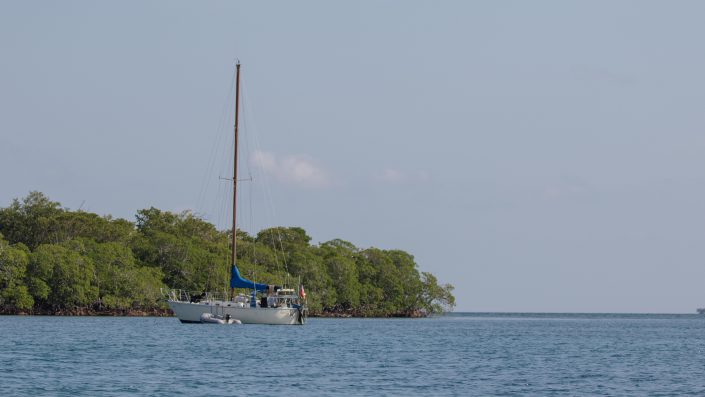


Discover more from Conserve Wildlife Foundation of NJ
Subscribe to get the latest posts sent to your email.